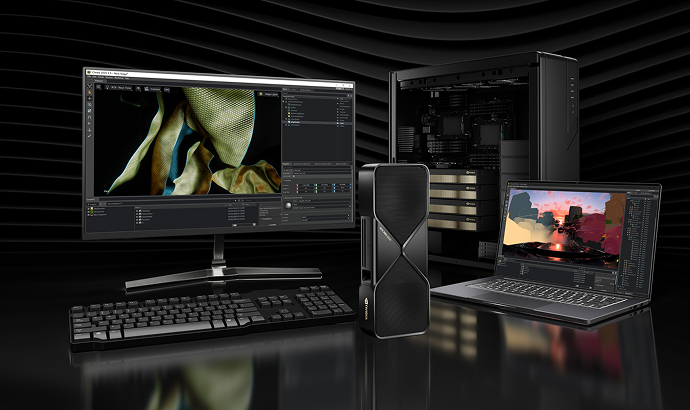
Emerging Cybersecurity Best Practices in Higher Education
Cybersecurity is a critical issue for universities and other institutions of higher education. These institutions already are high-value targets for cyberattacks. Now, as colleges and universities embrace remote learning environments and as they continue to adopt new connected technologies, new cybersecurity threats are emerging they must learn to address directly.
8 minute read
•Automotive








Unregistered User
It seems you are not registered on this platform. Sign up in order to submit a comment.
Sign up now